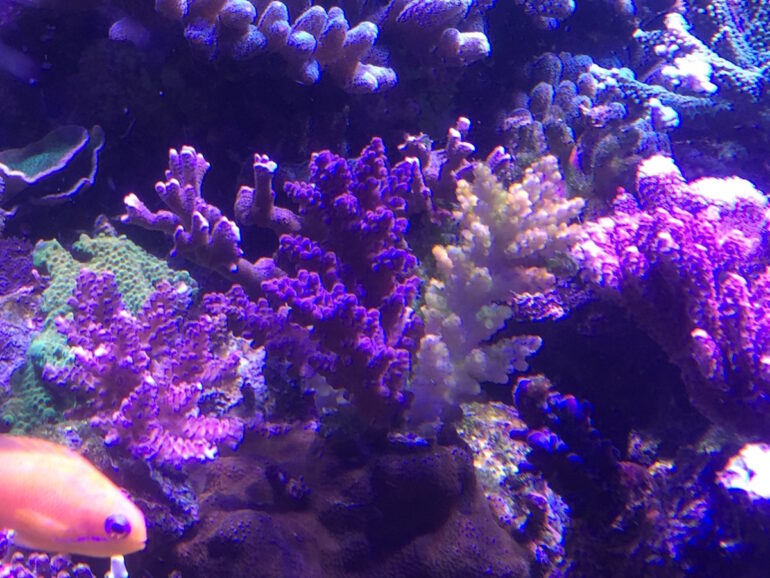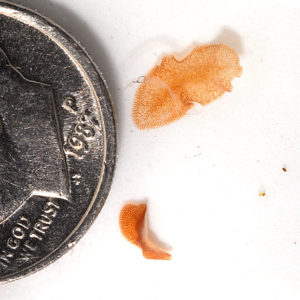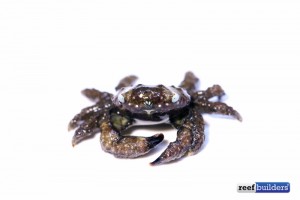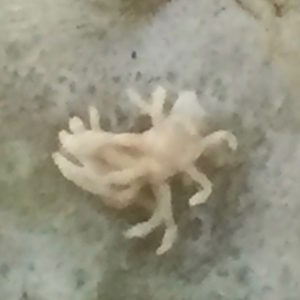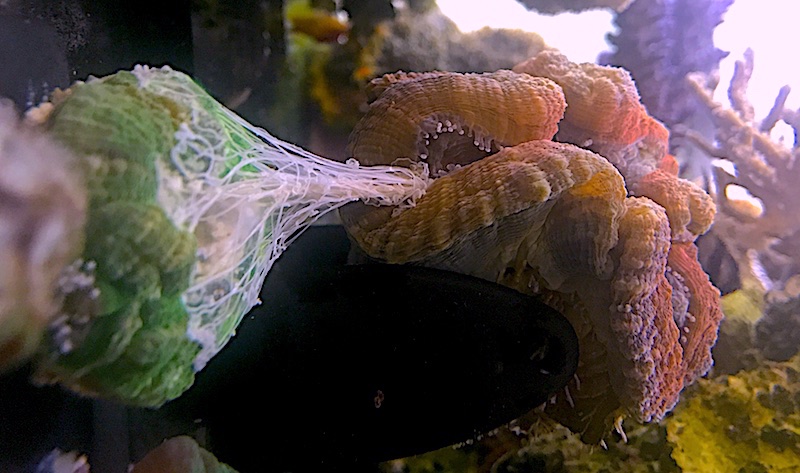Over the years I have been asked a lot of questions. Some have come and gone over time, like what is the best whatever or what fish or coral can I add to my tank. Some, however, have been asked since I have gotten into the hobby. The most frequently asked is still how can I get rid of or control the algae I am having problems with in my tank, which I have talked about a lot over the years. The second however, is still being asked surprisingly often and by both new and experienced hobbyists. This question is one which to be honest still plagues me from time to time as well: why did or do my corals die? I wish the answer was simple and often it is due to multiple reasons and not just one thing.
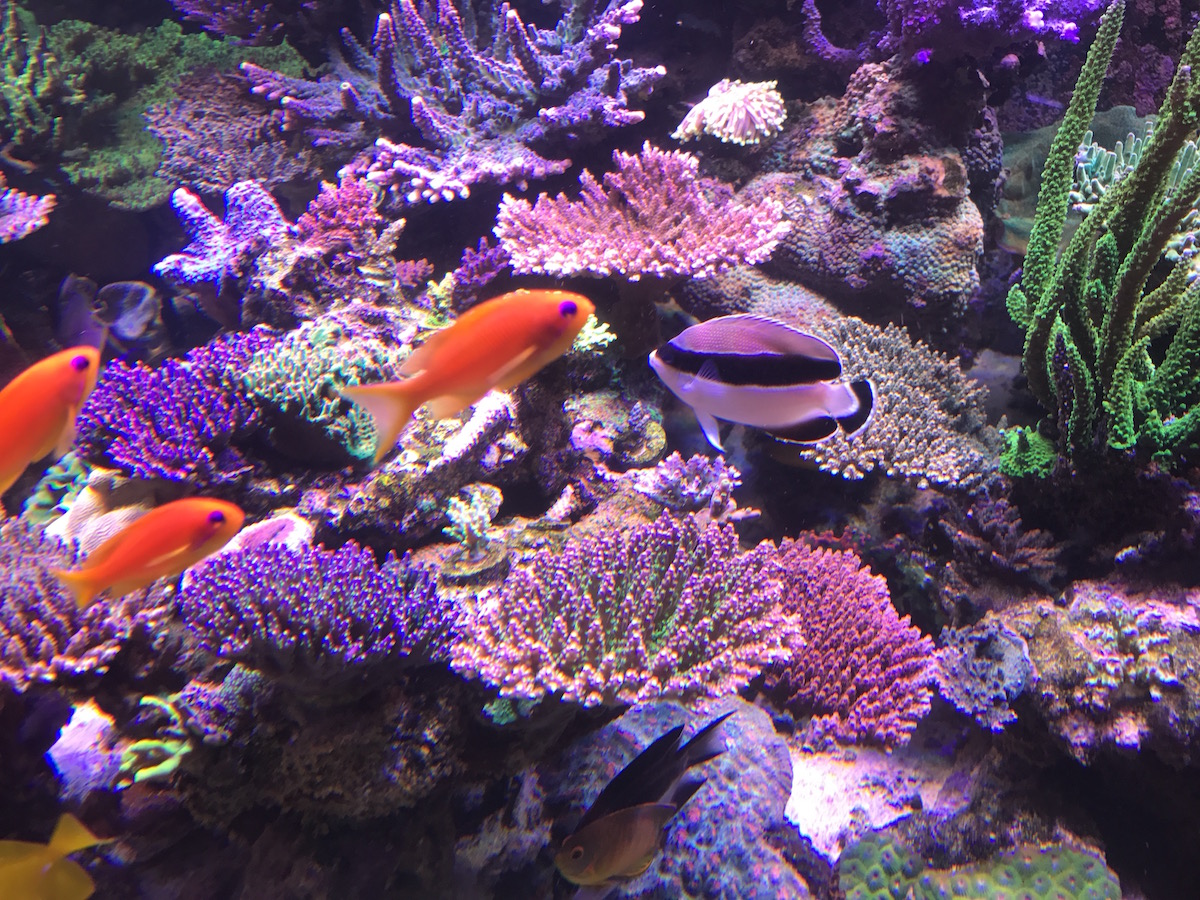
Before trying to understand this we all need to accept one truth: and that is: corals do not die for no reason. We may make excuses, or not readily be able to initially see or understand the why and may still cling to the belief that corals are frail and easy to kill but in reality corals are very hardy and for the most part tough to kill, so when they die it is usually because of something we did or something that happened to them on the way to us.
Shipping Stress
This something that happens to the corals on the way to us is what is meant by shipping stress. Corals can generally tolerate a lot, but there is a lot of stress when they are shipped for a number of reasons. Rapid changes in temperature as well a being in water that gets too cool or too hot are the most frequent causes of stress. These can be exacerbated by the delays and holding of boxes in cold or hot facilities that airlines and freight companies do all too often.
This occurrence is even worse when the corals are shipped with inadequate water around them. When this occurs not only can temperature damage them, but just the stress of being bounced around can cause some corals to excrete excess mucous and smother themselves. To me there are few worse smells than opening a box and smelling that unmistakable smell of dying Acropora. Sometimes though corals will come through shipping and look fine, however soon after acclimating them to the tank they perish. When this occurs, we often ask what we did wrong, and the only thing we did was not to realize what shipping did to the corals.
Quarantine
Along with shipping another reason we lose corals is that we did not quarantine or acclimate them properly. Despite our thinking that our tanks are just mini versions of the reef, they are for the most part significantly different. As a result, most corals do best when we take the time to acclimate them to the conditions in their new home. This means acclimating them not only to the water’s parameters, but also the temperature, lighting, and flow all of which the coral needs to become accustomed to slowly. How each of these factors can “kill” corals will be discussed further.
If the corals are properly acclimated and quarantined, then the next possible reason why they die should not be a problem. Unfortunately, despite my best attempt to limit this problem as well as that on many other hobbyists, pests and predators are still a big reason why we lose corals. As I have noted in the past, our success in keeping many corals alive for longer and longer periods of time have led us to realize that many “new” pests are out there that will eat, bother or kill our corals if we let them.
So in addition to quarantining we also need to remain ever vigilant to pests cropping up or reproducing in our tanks and killing our corals. Many of these pests like Montipora eating nudibranchs and Acropora eating flatworms are small and cryptic so we only notice them once damage has occurred. Others, like various crabs and mollusks may have come in as small hitchhikers in rocks or on corals and did not become problematic until they had reached a size where they started doing noticeable damage. This is why dipping, quarantining and looking at the tank late at night when these pests are often more active is necessary to keep our corals from dying for seemingly no reason.
Quarantining all new corals is also necessary to prevent new frags or colonies from introducing any coral diseases into our tanks. While we are finally starting to get more of a handle on fish diseases, we still no relatively little about coral diseases and even less about how to treat or cure them. Two of the most common are rapid tissue necrosis (RTN) and slow tissue necrosis (STN) have been around for decades and are more the result of a disease rather than an actual disease itself, and we still know relatively little about their cause or how to completely eradicate them.
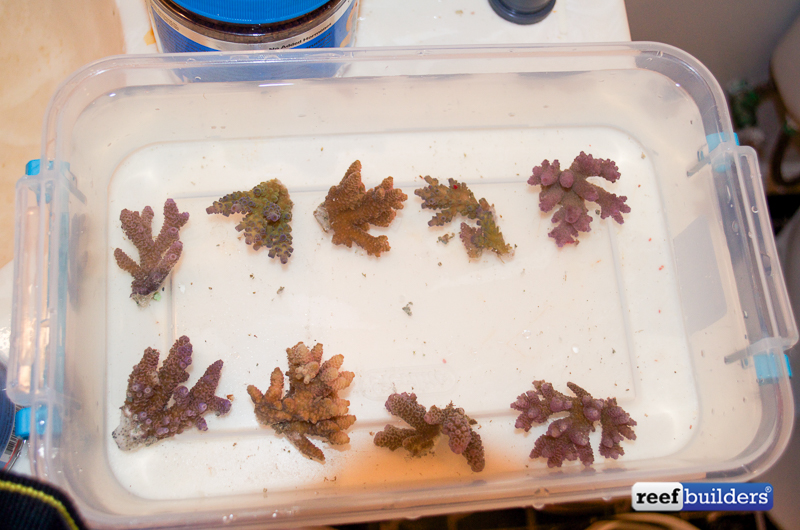
So when corals die from them we may think there is a disease that is causing them to occur, when in reality they may be the result of some other factor being off in our tanks. While these are the most widely known and described “diseases” there are still many more out there that we know even less about including whether they can spread or not. So unfortunately even now when a coral dies from a disease we may not know what is was, but hopefully quarantining from the start may help in preventing it from spreading.
Temperature
As mentioned above, temperature swings can be rough on corals during shipping. Similarly wide swing in temperature or too high of a temperature in a tank can both lead to corals dying for seemingly no reason. When this occurs it may seem mysterious as some corals tolerate temperature swings or high temperatures well, while others succumb fairly quickly when this occurs. This is why having a good thermometer to keep track of the temperature is an often overlooked aspect of keeping a healthy tank as is limiting temperature swings by using reliable heaters and methods for cooling a tank. And while the use of LED lighting by many of us over metal halides has reduced our tanks heating up somewhat, LEDs can still produce enough heat to cause temperature spikes and swing when they are not adequately cooled.
While a small temperature swing of 1-2 degrees is usually tolerable by just about every coral, when swings get over 3 degrees or more some corals do not tolerate this over time. The same is true if a tank gets too cold or worse too hot. I have had a tank drop down to 68 degrees one winter and only lost a single Sinularia coral, but have had tanks get over 84 degrees and lose a large number of corals. This last event occurred when a controller did not show the proper temperature and was indicating that the temperature was cooler than it was. So having a back up reliable thermometer is always a good idea if you don’t put your hands in the tank regularly.

Alkalinity
Just as swing in temperature can lead to the mysterious demise of corals, so can can wide swings in a number of parameters, especially alkalinity. As we have gotten better at measuring our tank’s parameters, with some of us measuring some parameters frequently or having monitors that test almost continuously, we have learned how negatively our corals can be impacted when there are wide swings in their tanks parameters. As, a result when corals seemingly die for no reason, more frequent testing during the course of a day, may be necessary to see if this is what has lead to their death.
As with temperature, most corals can handle small daily swings, but when pH move more than 1 point during the day/ night cycle or alkalinity moves 2-3 points every day, these significant fluctuations can stress the corals out enough to lead to their dying. One other thing about testing, there is the possibility of significant user error when test kits are not used often and also most test kits expire over time. So if it does not seem like swings are occurring or the water levels are within range, these factors need to be looked at.
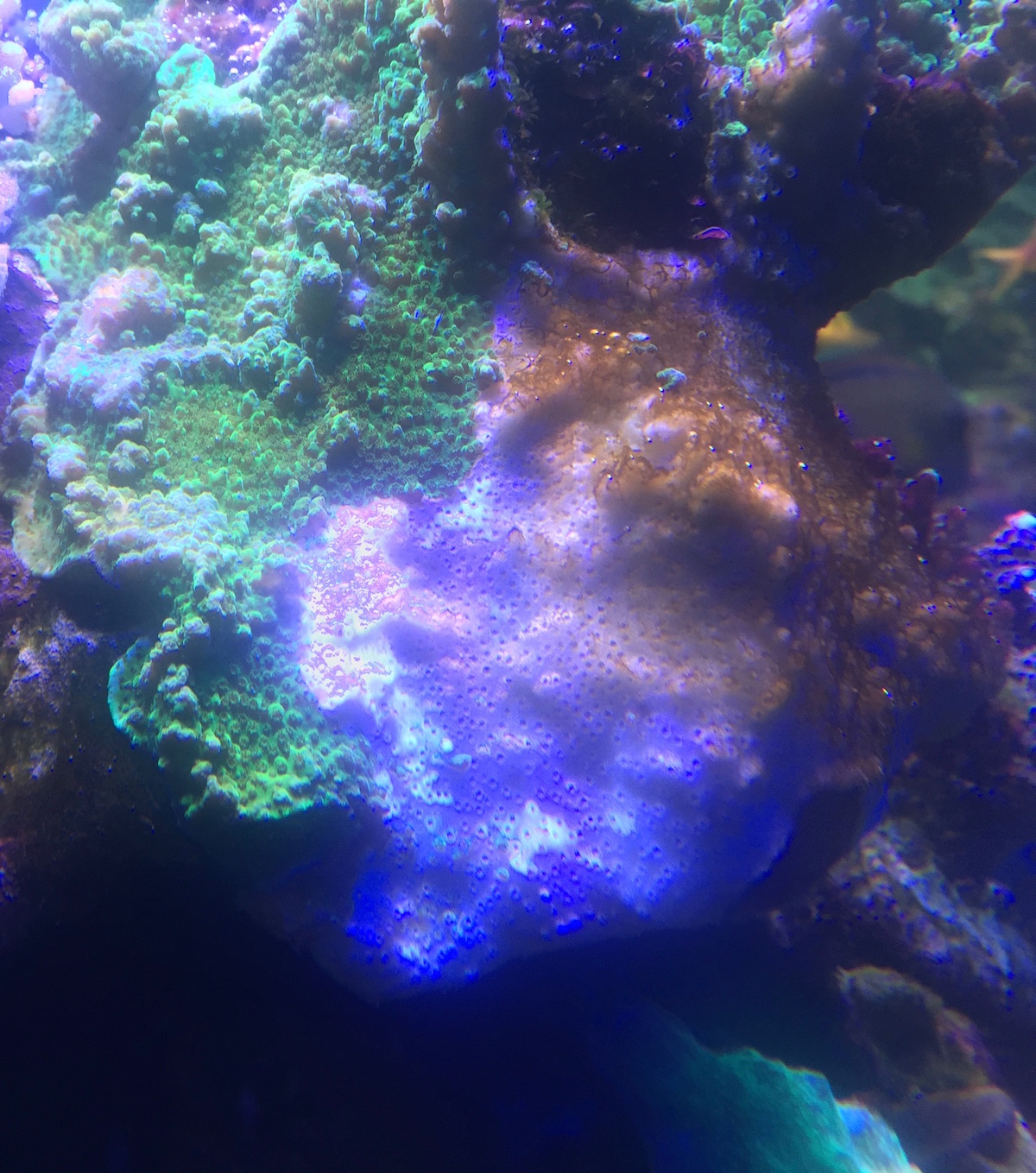
Salinity
While temperature or the water chemistry swings are something that we generally look at and test regularly, a cause of coral death that is often overlooked because we do not test for it regularly is improper salinity. Most of us do not test for our tank’s salinity because for the most part it is very stable and once we have our top off systems set and know that we add water of the proper salinity in the same amount when we do a water change there seems to be little reason to test salinity.
Unfortunately, as I have learned the hard way, even when we do test it, the salinity in our tanks can be off enough to kill off some of our corals and when this happens it is slow and seems to be a complete mystery. In my case, I was using a box hydrometer, actually two of them, and over time both had become off and showed that the salinity of my tank was where it was supposed to be. However, I was losing coral and could not find any reason why this was happening.
Fortunately, I received a refractometer as a gift and when I got it I immediately wanted to try it on my tank. Imagine my shock when after calibrating it, it showed the salinity of my tank to be at 1.030. I then took a water sample to my local store that they confirmed that the salinity had indeed risen to that level which was deleterious to my corals. Since then I have seen this problem in at least two of my other friend’s tanks, so I have to assume that it is still occurring far more often than we know.
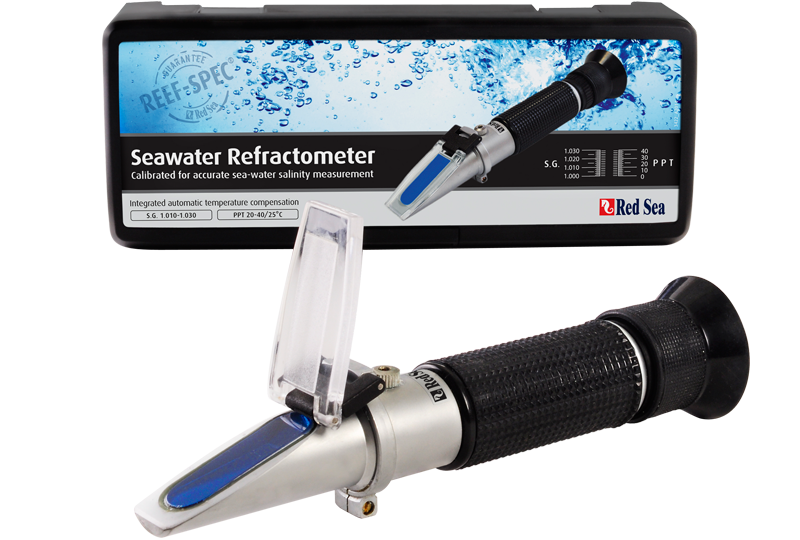
Slow and Steady
When this problem is discovered, the temptation is to bring the salinity level down quickly. Fortunately, one of the hard lessons I have learned is that when things are out of whack, bringing them back in line quickly can be as deleterious or even worse than leaving them alone or bringing them back slowly. As discussed above, rapid swings in just about any parameter are bad, this is true even when bringing a parameter like salinity or alkalinity back to the proper level. I know of one prominent hobbyist who when he found the salinity of his tank had fallen to 1.020 right before he was supposed to leave for a trip mixed up a 50-gallon bag of salt and added to his sump to bring the salinity up and then left.
Needless to say he returned to a tank full of dead inhabitants. Since these changes had occurred slowly, the corals had adapted to them, so it only makes sense when bringing the salinity back to the desired levels that the corals should also be given time to get used to them as well. One other thing that should be noted is that rapid swings in anything do not always lead to a quick demise of the corals. Often these problems only show in the coral’s death down the line, long after the swings have gotten under control. This is another reason why I not only advocate doing regular water testing, but also that a log is kept so that if these swings have occurred it be easier to see a cause and effect relationship even if it takes some time to manifest.
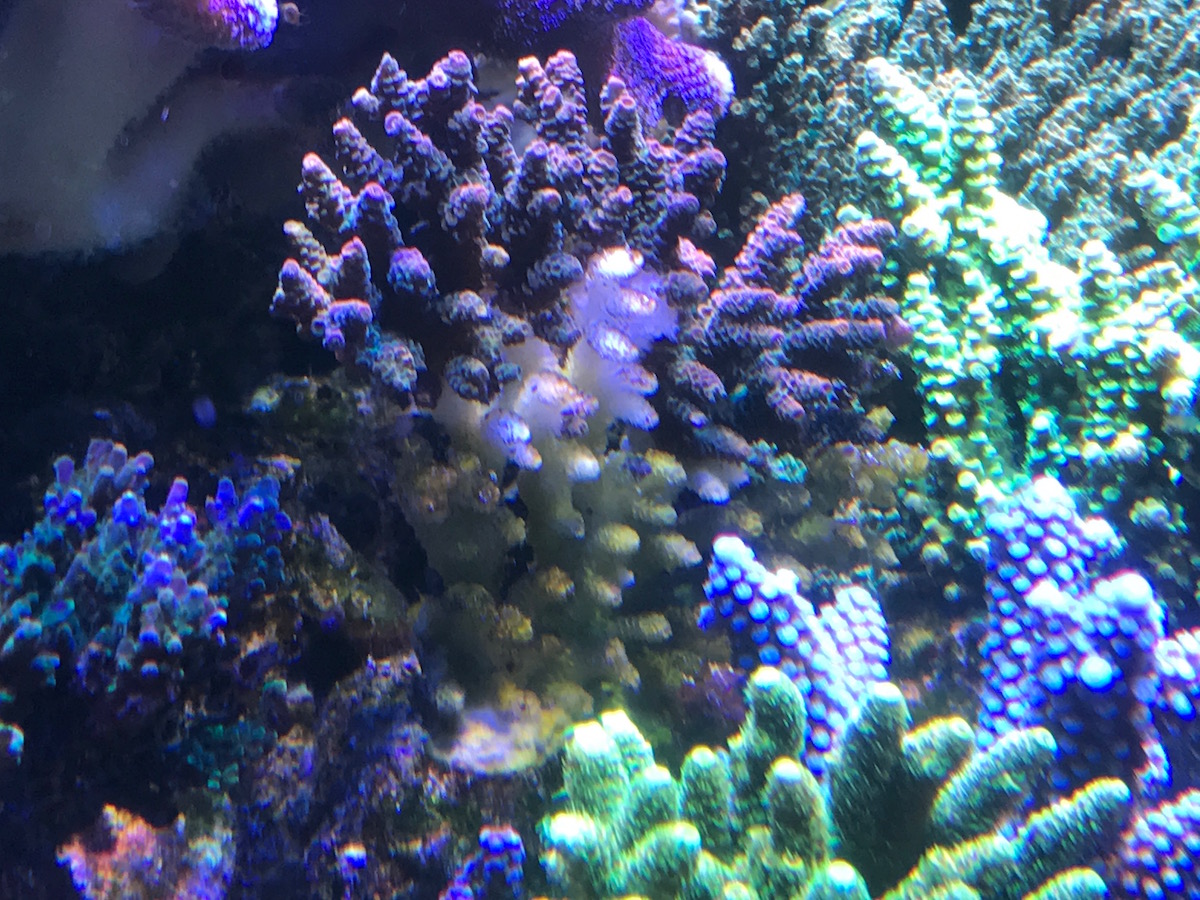
Toxins
The only time that changing or removing something rapidly is desired is when a silent killer like heavy metals or another toxin has been introduced into a tank. Many of the devices we use in our tanks have metal coated in one way or another so that the metal does not come into direct contact with the saltwater and dissolve into it. Many metals, even at extremely low almost undetectable levels are harmful to many invertebrates. And unfortunately, until relatively recently, it has been impossible to test for them to see if they are a culprit in mysterious coral deaths.
Fortunately, now that ICP testing is now widely available and relatively inexpensive, this is no longer the case. So now when corals die or are dying for a seemingly unknown reason this testing should be done and if it comes back positive water changes and methods for removing heavy metal like Poly filters and/or Two Little Fishes heavy metal removed should be employed to get them out of the water as quickly as possible.
Just as importantly however, the source of the heavy metal needs to be quickly found, otherwise this problem will continue. I should note that heavy metals are not the only unwanted material that can lead to mysterious coral deaths. I have seen a housekeeper using Windex to clean the front glass wipe out a tank as well as kids dump cola and other liquids into a tank lead to corals demise. So any of these types of things need to be looked at as well.
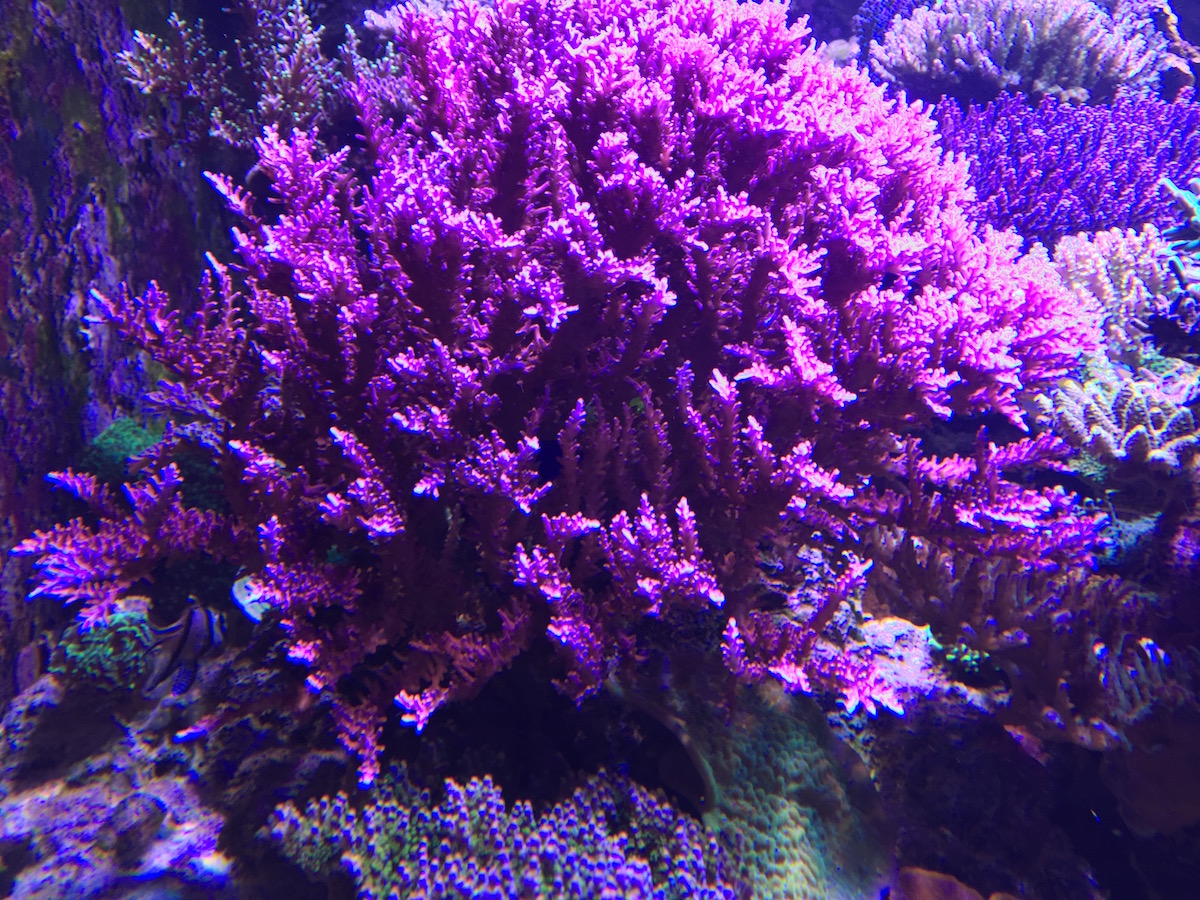
Environment
While all of these things listed above can lead to corals dying for seemingly unknown reasons, there are many other reasons that we have less control of that can lead to a corals demise as well. One of these reasons, that we may not readily see a reason is that a coral’s needs may change once it is in captivity. This may be difficult to understand at first, but think of it, when we take a coral from the reef or even from a mariculture or aquaculture facility odds are that the conditions in the two environments will be substantially different. As a result, isn’t it likely that the corals needs may change once it is in new environment?
That is, in its initial environment its needs are being met, but when it is placed in a new environment it needs to adapt to the new conditions and as a result its needs may change. In this regard, the light may be too great or inadequate so it needs to adapt. It may have come from an area that had lots of nutrients or food, so as a result it could grow in an area with less light and still thrive and grow. And maybe this food was brought to it via strong water motion, so it grew in a manner that allowed it to thrive with strong water motion. Or the converse could be the case for a coral.
Because of these and other factors, any of these factors can lead to a coral’s death for seemingly no reason, especially if it is not given adequate time to acclimate or adequate amounts of these necessary factors. While providing enough light is generally not a cause of a coral’s death, inadequate flow and/or nutrition can definitely lead to a coral dying seemingly mysteriously. It is only recently after seeing the amazing work that Jamie Craggs is doing in getting corals to spawn and do so on a more frequent basis have we come to see how inadequate is the feeding that most of us do to our corals.
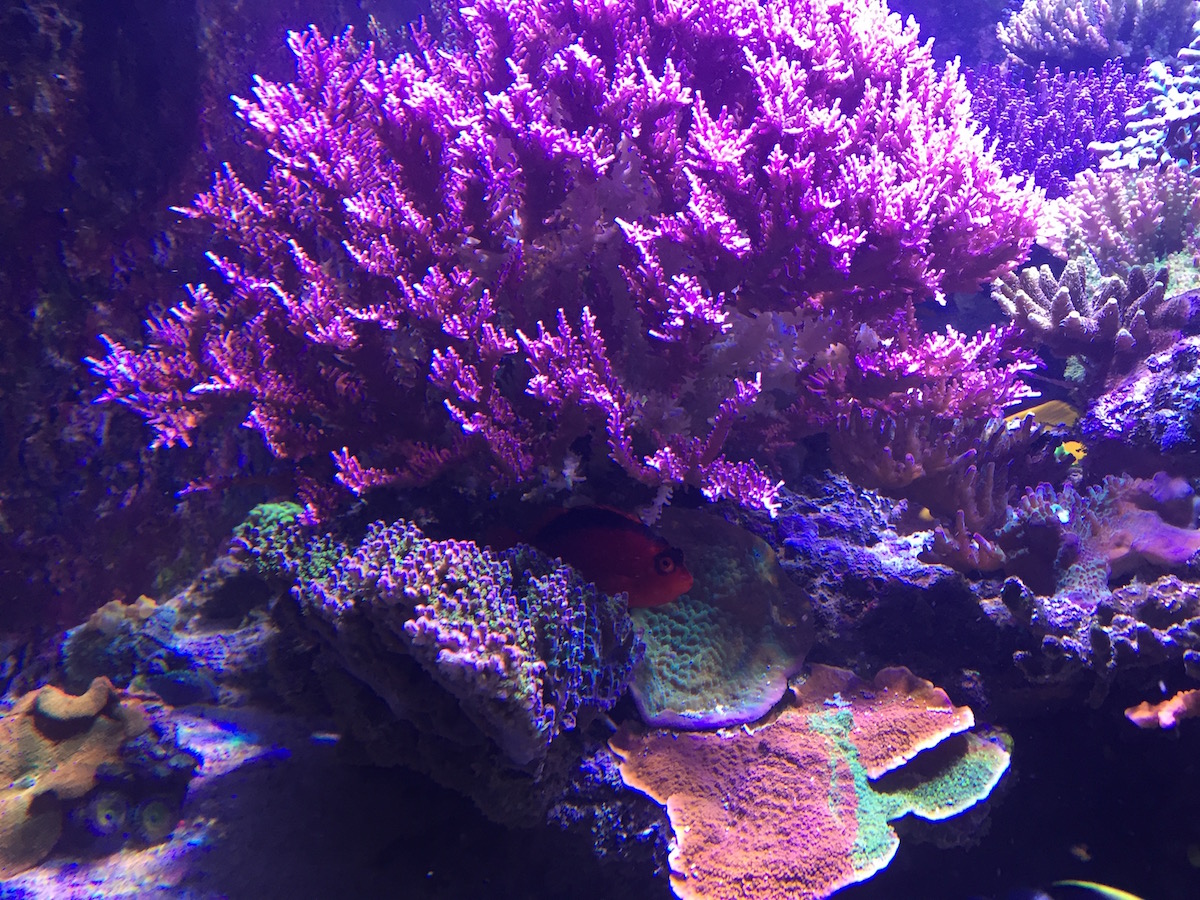
Only when they are well-nourished, as is the case with his corals, will they spawn in captivity with regularity. Although he is obviously supplying more than this to get spawning to occur, it is clear that adequately supplying their nutritional needs has gone a long way in getting this to occur. So making sure our corals are well-nourished, fish poop and missed food are not enough, goes a long way in preventing corals from dying due to unknown causes.
It is also my opinion, and I have talked with a few other hobbyists as well, that when corals are well fed they tend to produce more waste. As a result, when this happens the flow also needs to be adequate to move their waste products away. It is also my opinion that in many tanks flow is still an underappreciated and under emphasized aspect of a successful tank. So if corals die again for seemingly no reason, then flow around the dead coral and in the entire tank should be examined and usually increased.
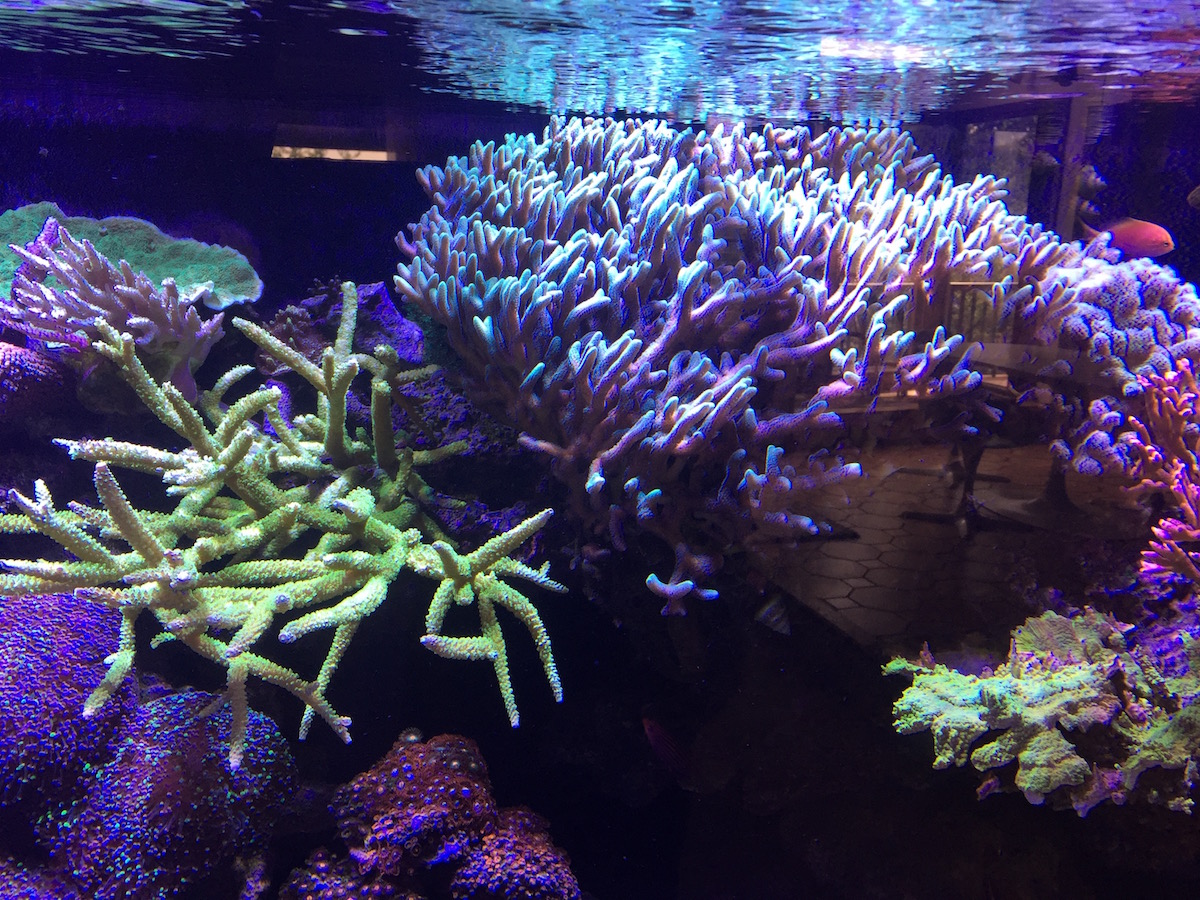
One additional caveat that should also be addressed in terms of a coral’s needs changing as well the stress that occurs when a coral is moved and that is corals may die if they are constantly moved around in a tank. In my own experience, I have found that when a coral is moved, for whatever reason, it usually takes at least a month for it to re-acclimate to its new location, even if the location is only a few inches from where it was moved from. I have seen some hobbyists move their corals seemingly weekly and then wonder why they failed to thrive or died.
In the same way, corals do not like to be constantly moving around due to flow or fish moving them. So another possible reason why some corals die for unknown reasons is that they were not stable or they were not mounted at all. One aspect of mounting corals that needs to be understood though is that first when a coral is mounted it needs to be given enough space to grow once growth takes off and second the aggressiveness of its neighbors needs to be considered when it is placed in its desired spot.
Aggressive Tank Mates
Aggressiveness between corals, which usually occurs once the lights are off, is yet another reason why corals die without there seeming to be a cause. Again this is why observing the tank once the lights are off, is so important when looking for reasons for a coral’s demise.
There is also one other way a coral’s needs change over time, but in this instance it is often after they have been in a tank for a long while. In this instance, the coral grows so large that eventually it “overgrows” itself and it perishes from the inside out. When this occurs, it is usually is because neither light nor flow are able to penetrate this inner area of the colony. On the reef it occurs less often because the sun moves across the colony so even as the colony gets bigger the sun’s movement allows light to reach a larger area of the colony than can occur from the fixed sources we use. And the flow around most corals on a reef is also usually much greater and more random than is the case in our tanks. So when a large healthy colony suddenly dies for no reason the reason is usually these factors.
Direct aggressiveness is one thing, but some corals battle other corals without seemingly lifting a polyp. Many soft corals produce deleterious compounds that are inhibitory or toxic to sps and lps corals. For this reason some corals are simply incompatible with others. So when looking for causes consider this. In addition, we often try to put corals together that simply come from such different areas and do so in the limited confines of our “small” tanks, they are all small compared to the ocean, that the conditions may only be conducive to one type of coral thriving over another.
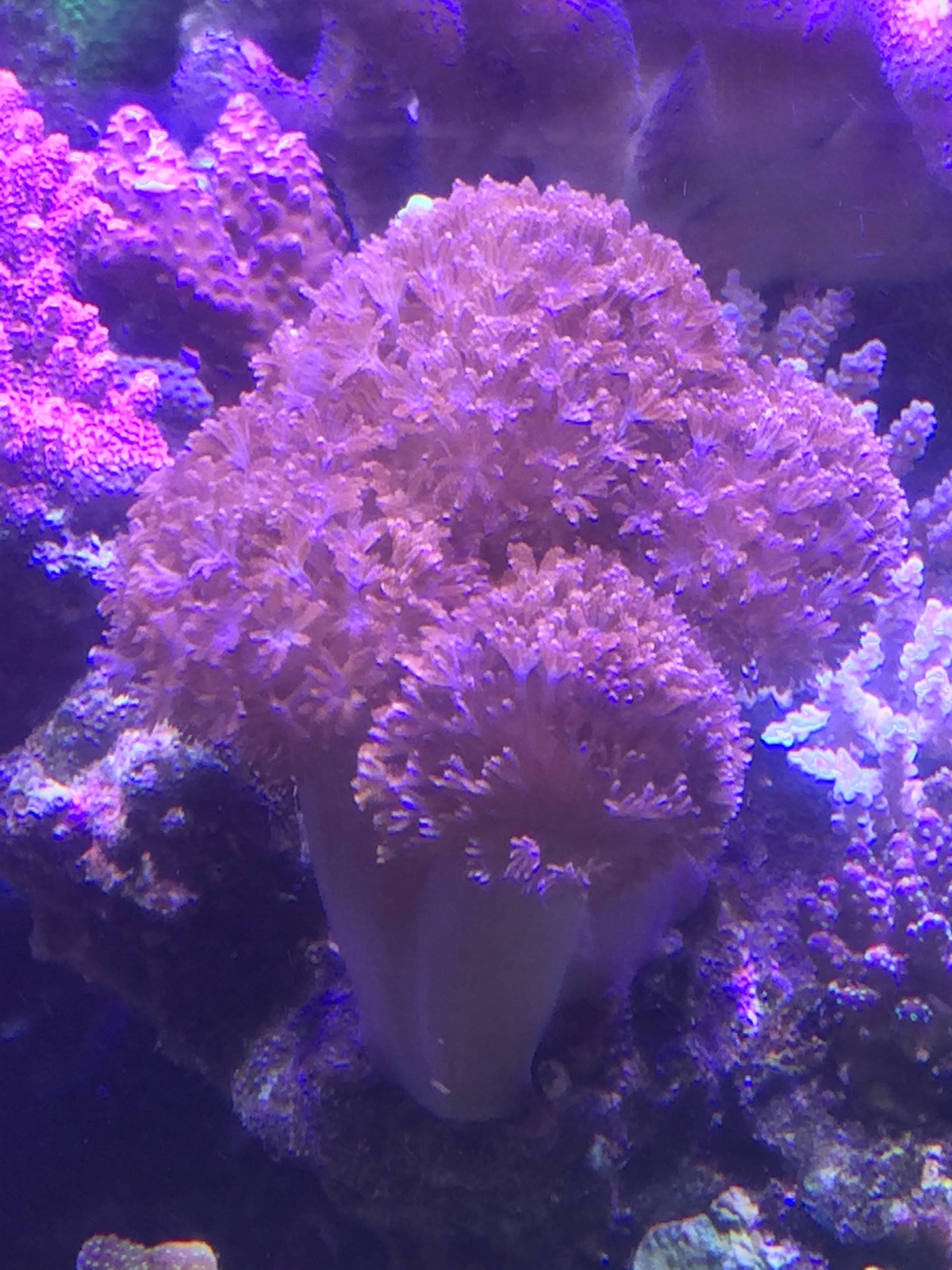
Another often overlooked form of aggression that can mysteriously cause a coral’s death is when a fish suddenly finds a coral that it had left alone delicious. I have had, angelfish, tangs, and blennies all be good inhabitants and not bother any corals for long stretches and then suddenly have them mow down a type of coral with no warning. And if I had not seen them eat the coral I would have had no idea why a perfectly healthy coral had suddenly died. So this needs to be evaluated as well.
Lastly, and unfortunately an all to common reason why we lose corals for no reason is that we get arrogant. We stop quarantining, acclimating, testing, keeping track of things or any of the other tasks that we did when we were getting the tank up to speed but that stopped being “fun” to do. Or in our arrogance we stop learning or asking for help when things go awry or we think our tanks are too successful to fail. Knowing as many great hobbyists as I do , I am fairly confident in saying that almost all of them have failed or lost corals for some “unknown” reason and most would say it was because they got too full of themselves and the success they were having. Needless to say this is the hardest “unknown” reason our corals died to find, as it entails us looking in the mirror.


